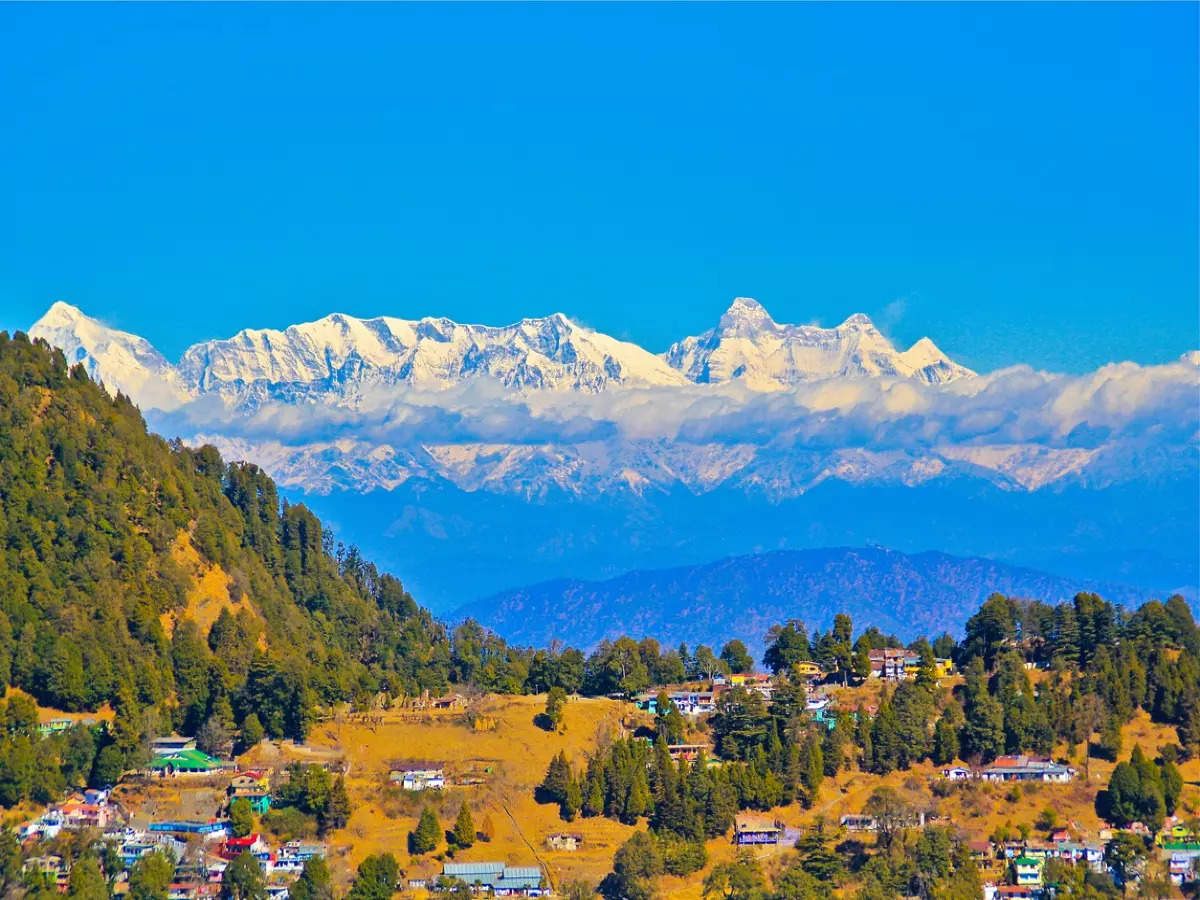Unveiling the Causes of the Continuous Landslides in Uttarakhand
Geological factors
Uttarakhand is situated in the seismic zone, and the Himalayan range passes through the state, which makes it highly susceptible to landslides. The steep slopes, loose soil, and high rainfall during the monsoon season contribute to the landslides. The geological factors make the region highly prone to landslides, and preventive measures must be taken to minimize their impact.
Deforestation
Deforestation is a significant contributor to the landslides in Uttarakhand. The removal of trees and vegetation destabilizes the soil, which leads to soil erosion and landslides. The rampant construction of roads, hydroelectric projects, and other infrastructure projects has also contributed to the destruction of the natural habitat, making the region more vulnerable to landslides.
Climate Change
Climate change is one of the primary reasons for the increase in landslides in Uttarakhand. The rise in temperatures has led to the melting of glaciers, which has increased the water flow in the rivers, making them more erosive. The changing rainfall patterns have also contributed to the landslides, making the situation worse.
Human Activities
Human activities like construction, mining, and excavation activities can destabilize the slopes, leading to landslides. The unplanned and unregulated development of infrastructure projects in Uttarakhand has increased the risk of landslides, and it is essential to regulate these activities.
Preventive Measures
Reforestation
The state government should undertake reforestation drives to ensure that the natural habitat is restored. Planting trees and vegetation can help stabilize the soil and prevent soil erosion, reducing the risk of landslides.
Regulation of Human Activities
The government should regulate human activities like construction, mining, and excavation activities to minimize the impact on the natural habitat. The infrastructure projects should be planned and executed in a way that minimizes the damage to the environment.
Early Warning Systems
Early warning systems like weather monitoring, geological surveys, and satellite imagery can help in predicting landslides and taking preventive measures to minimize their impact.
Structural Measures
Structural measures like building retaining walls, drainage systems, and slope stabilization structures can help in reducing the impact of landslides.
Conclusion
The landslides in Uttarakhand are a severe issue, and it is essential to understand the primary reasons for their occurrence and take preventive measures to minimize their impact. The state government should take proactive steps in regulating human activities and implementing preventive measures to safeguard the natural habitat and prevent the loss of human life and property. The primary objective should be to ensure sustainable development while maintaining the ecological balance.


Comments
Post a Comment